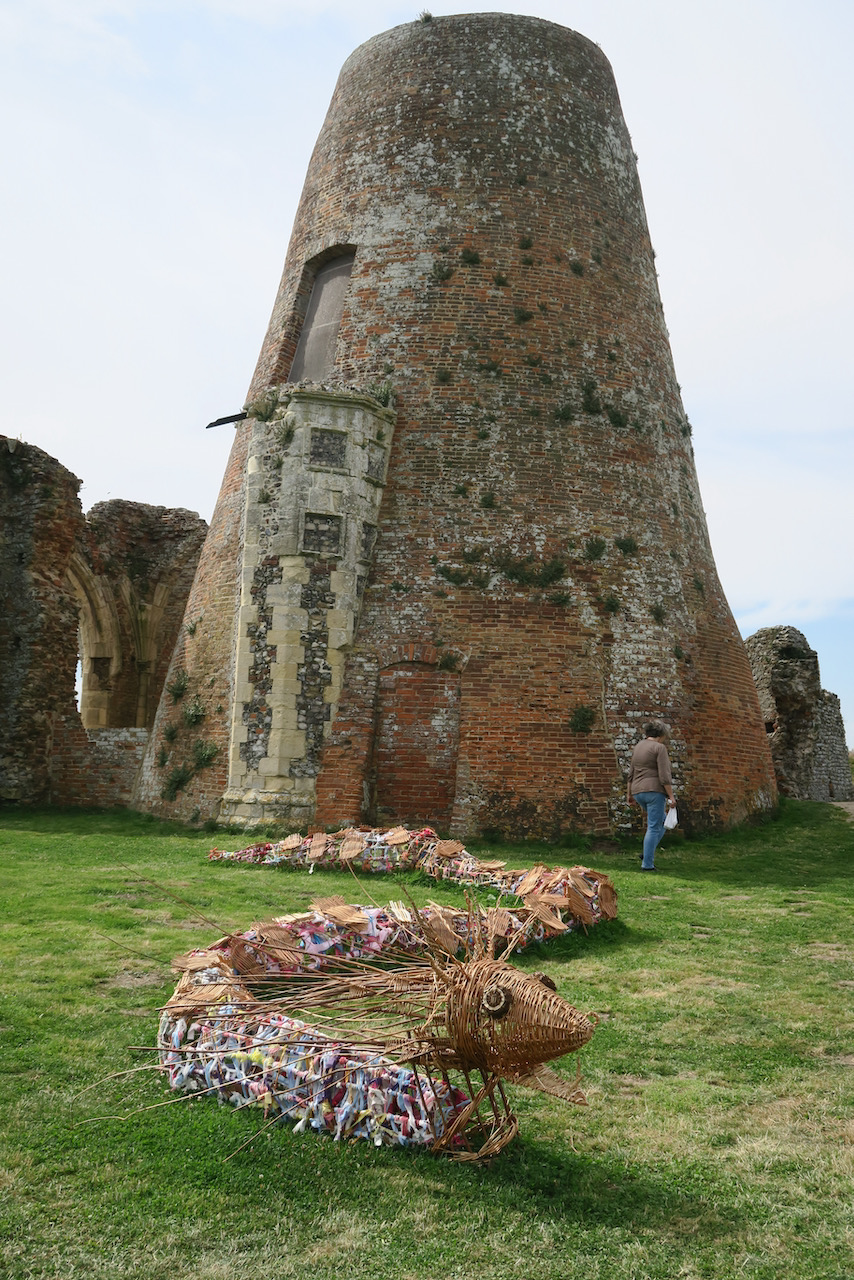
Dragon wrought of willow branches: The “Ludham Wyrm” is said to have lived in tunnels beneath the village church. When the inhabitants of Ludham closed the entrance to his burrow, in his rage he demolished the walls of St Benet’s abbey and now lives in a new burrow under the former abbey …
18/08/2016 | © 2016 TuK Bassler – CC-BY-SA 4.0
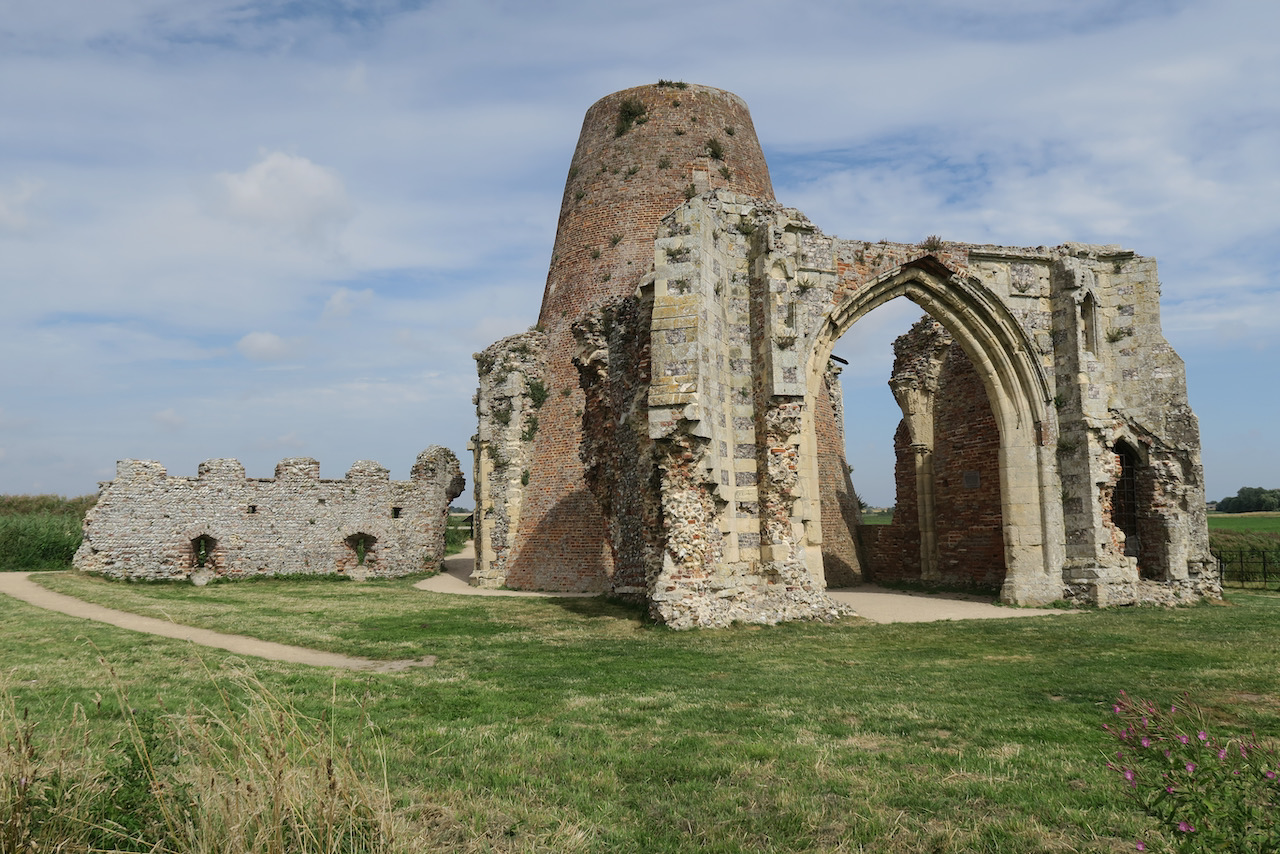
Gatehouse with ruined windmill
18/08/2016 | © 2016 TuK Bassler – CC-BY-SA 4.0
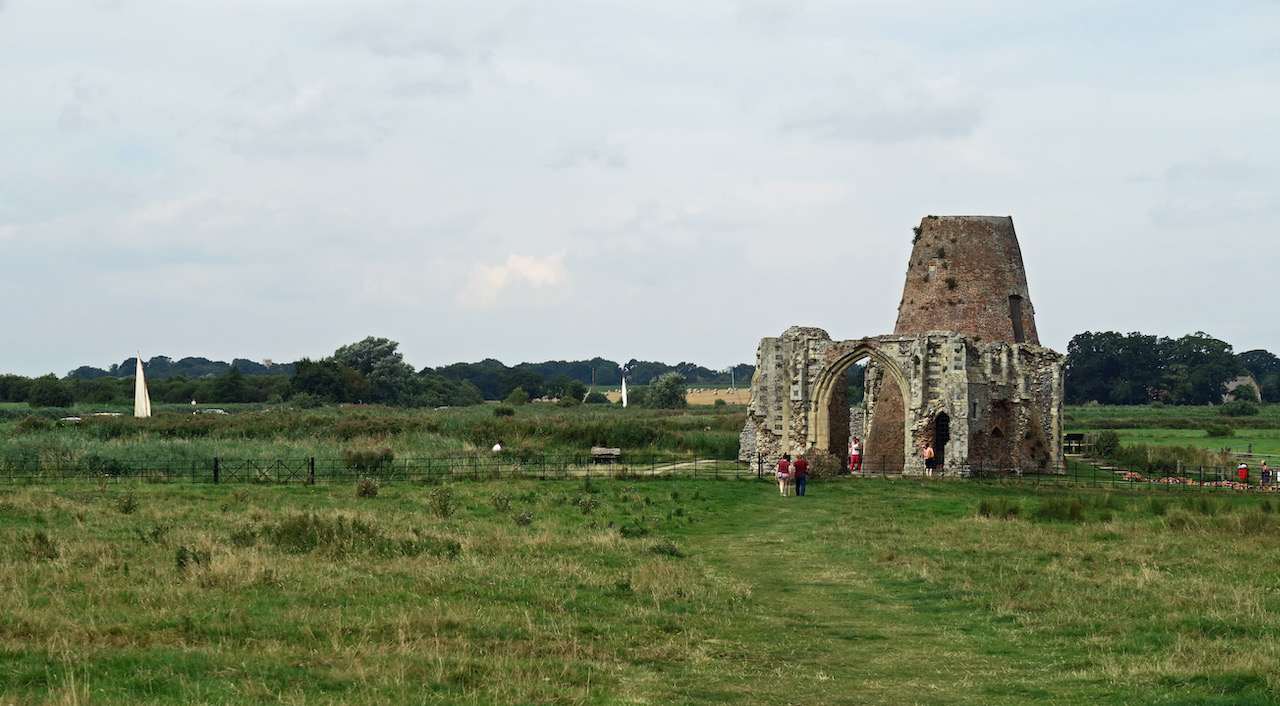
View over the abbey area from the church to the gatehouse
18/08/2016 | © 2016 TuK Bassler – CC-BY-SA 4.0
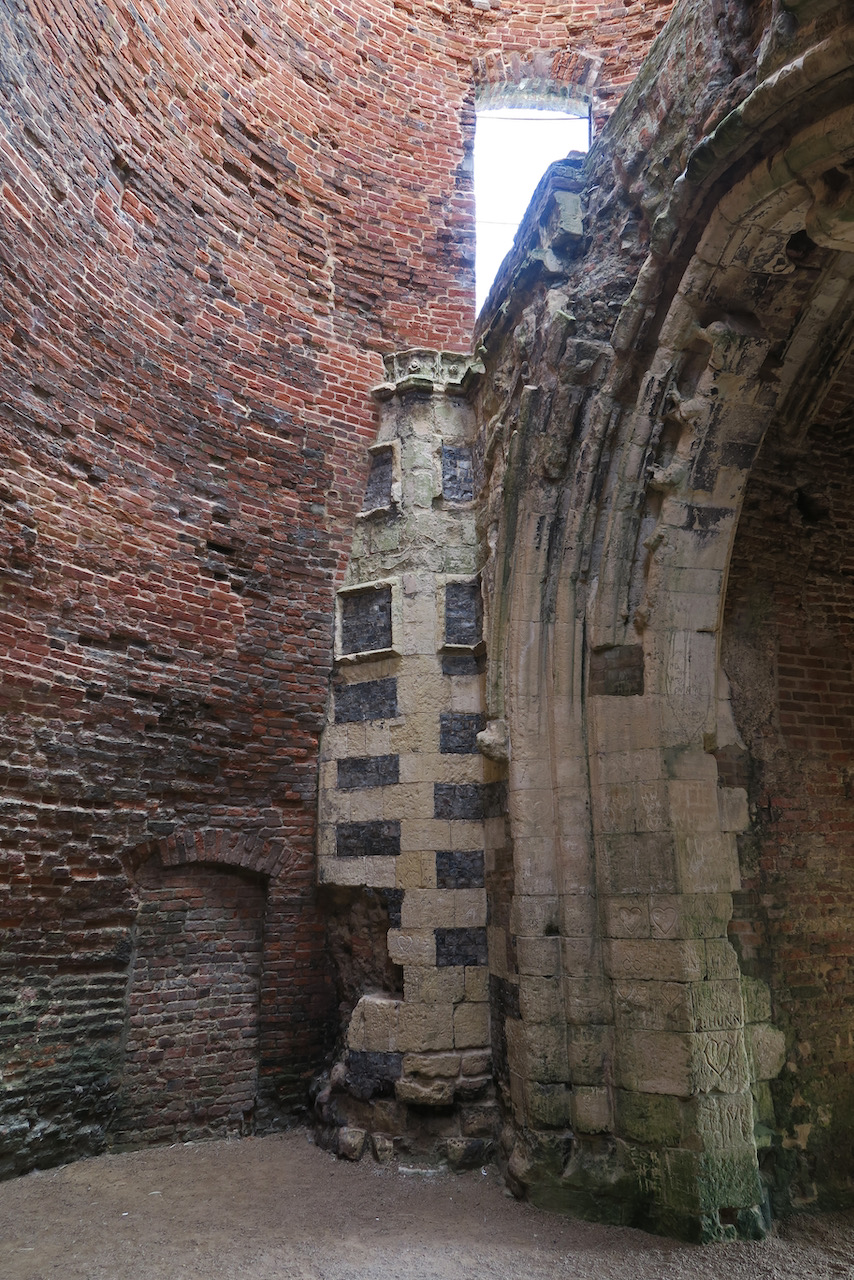
Interior of the gatehouse
18/08/2016 | © 2016 TuK Bassler – CC-BY-SA 4.0
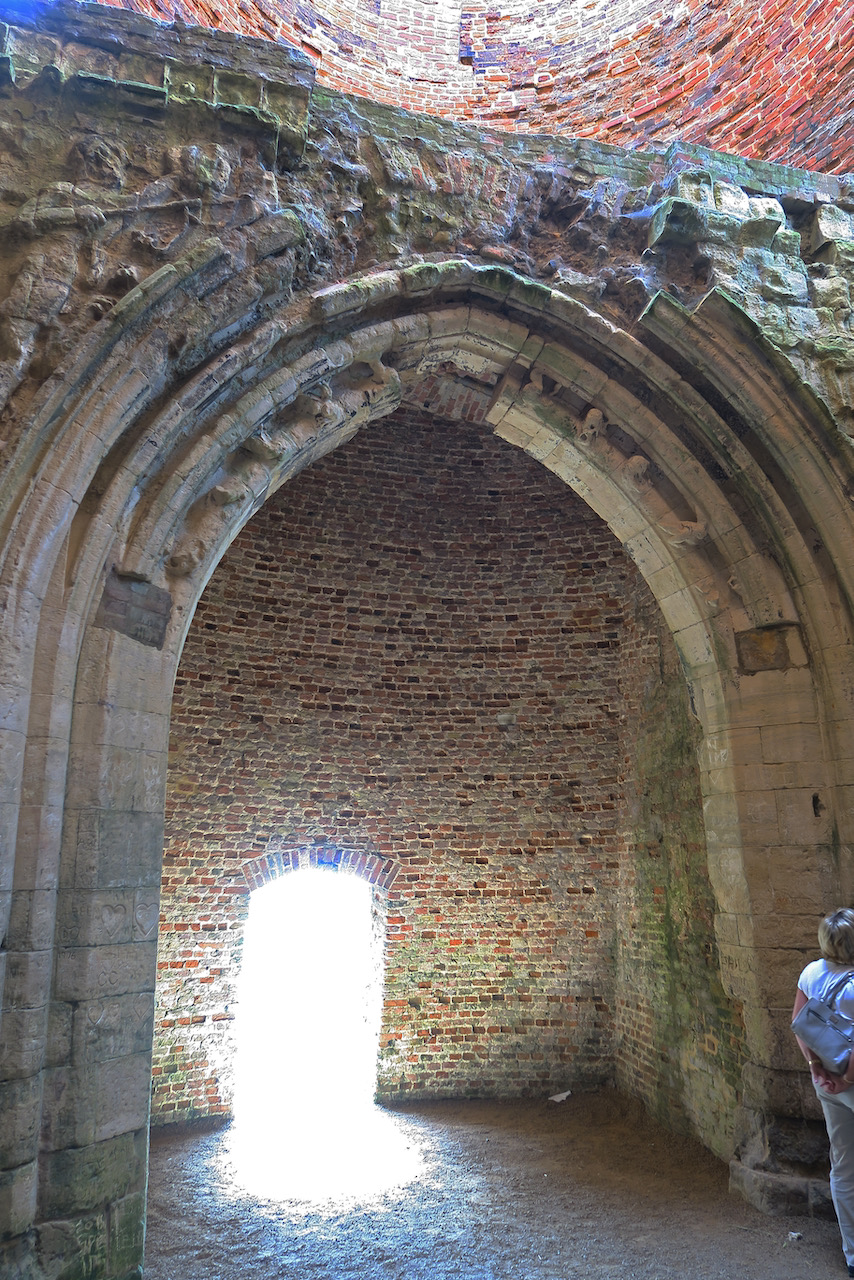
Gate arch in the gatehouse
18/08/2016 | © 2016 TuK Bassler – CC-BY-SA 4.0
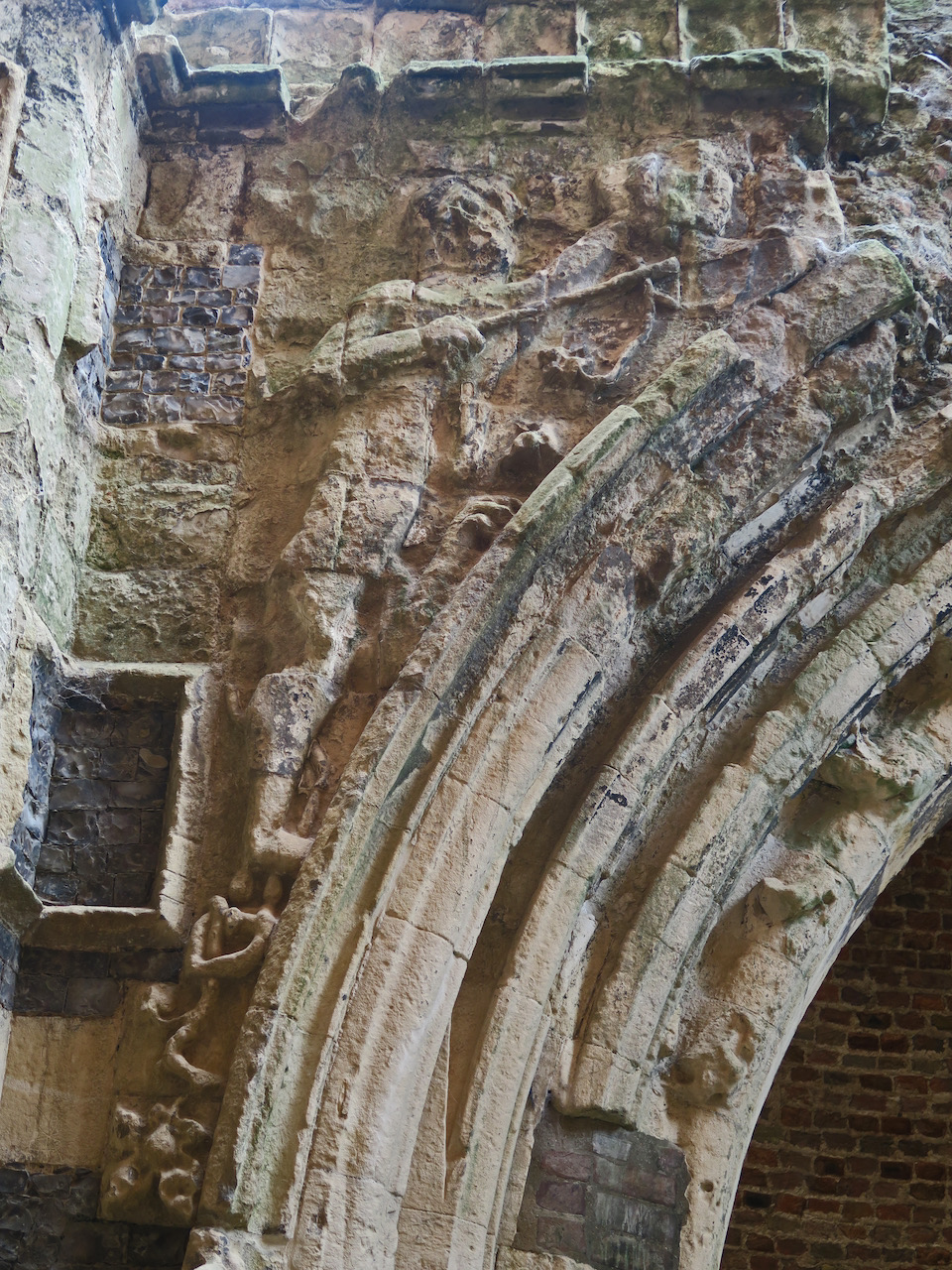
Relief of a knight next to the gate arch (perhaps St George, pointing his lance to the dragon on the other side of the arch)
18/08/2016 | © 2016 TuK Bassler – CC-BY-SA 4.0
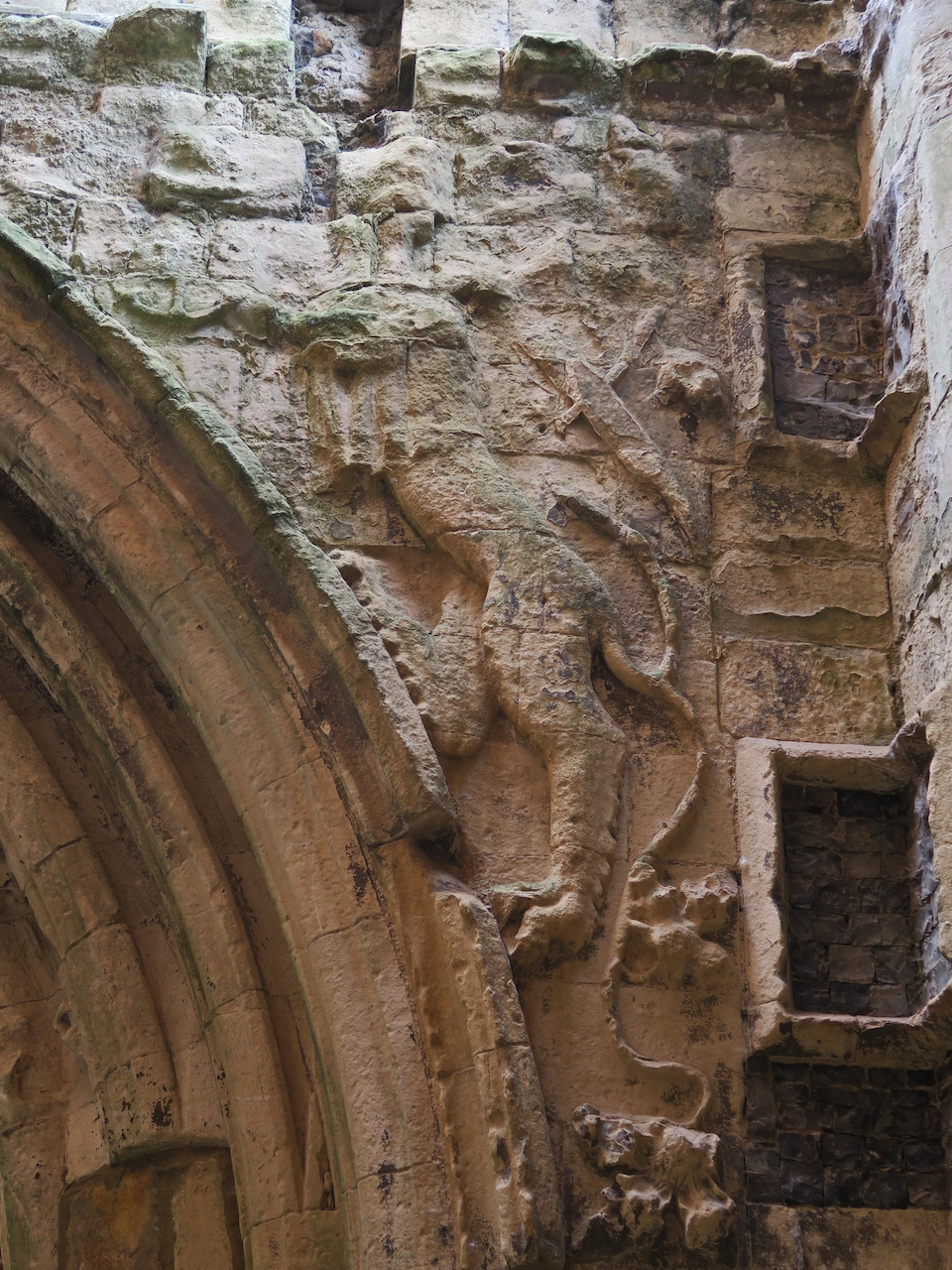
Relief of a dragon next to the gate arch
18/08/2016 | © 2016 TuK Bassler – CC-BY-SA 4.0
Previous
Next
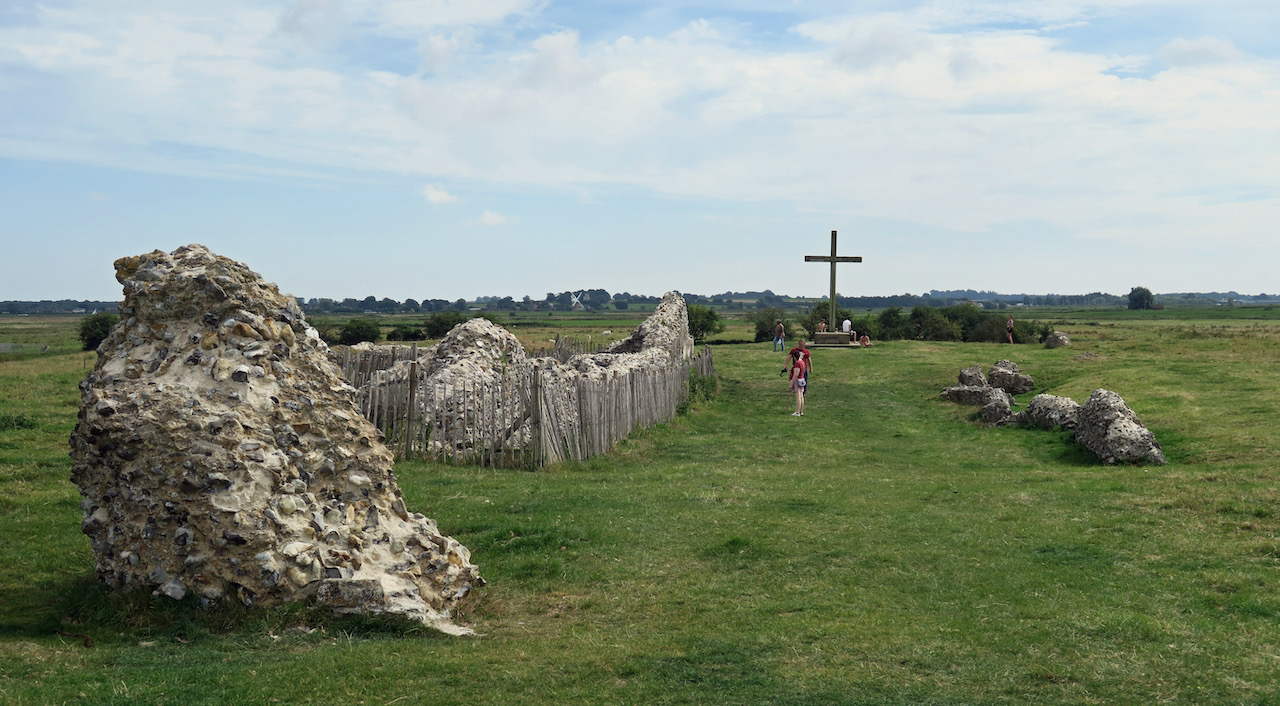
Remains of the north aisle and wooden cross (1987) at the site of the former high altar
18/08/2016 | © 2016 TuK Bassler – CC-BY-SA 4.0
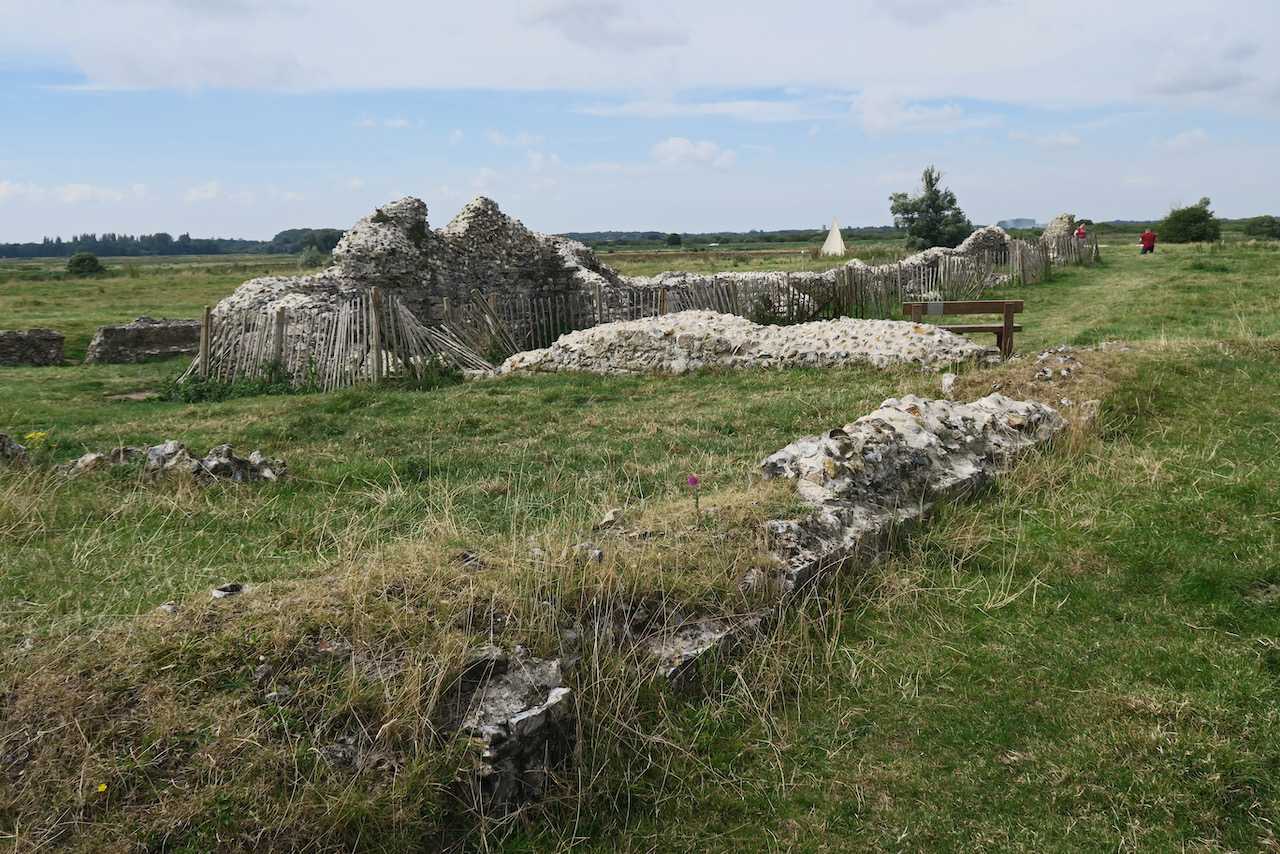
Remains of the northern transept
18/08/2016 | © 2016 TuK Bassler – CC-BY-SA 4.0
Previous
Next